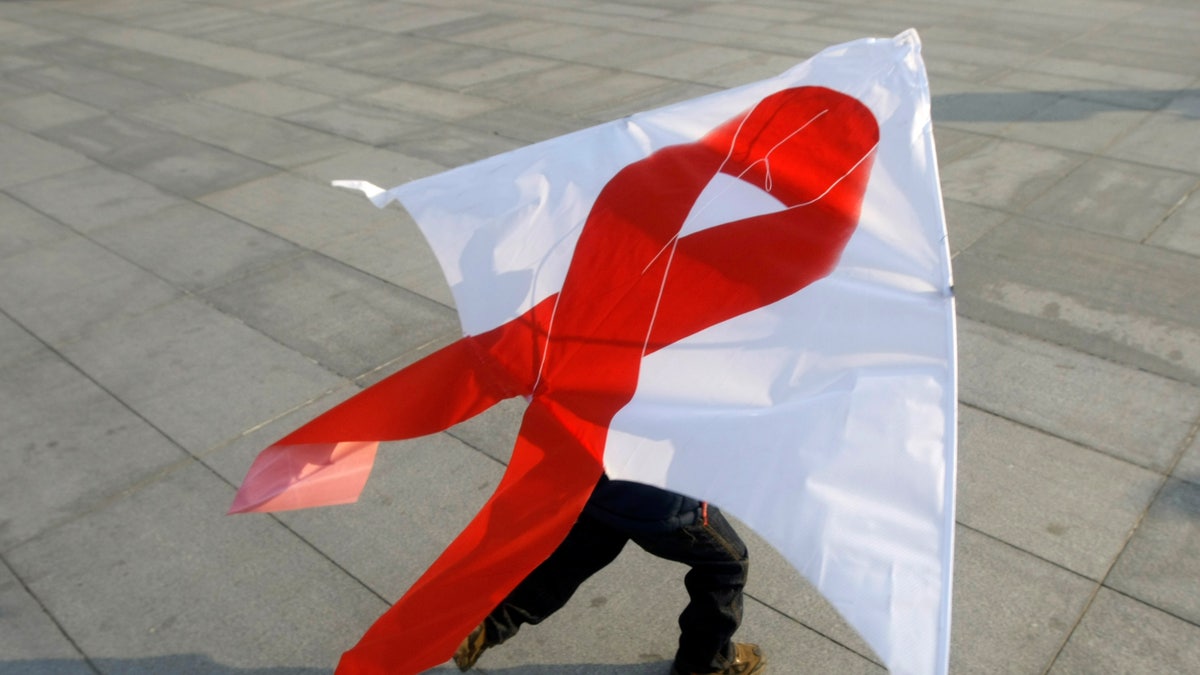
A child flies a kite with a red ribbon during a World AIDS Day event in Beijing November 30, 2008. There are about 700,000 cases of HIV/AIDS in China, according to official statistics. REUTERS/Jason Lee (CHINA) (Reuters)
An Australian researcher has developed a gene therapy for HIV - which has the potential to stop the virus from turning deadly.
David Harrich, an associate professor at the Queensland Institute of Medical Research (QIMR), will begin animal trials this year, but experiments in humans are still five years away.
Harrich has manipulated an HIV protein involved in gene expression, known as Tat, and turned it into a weapon against the virus.Using human immune system cells, known as T-cells, in the laboratory, he's shown the mutant protein prevents HIV replication.
At the same time, Harrich said the modified protein, dubbed Nullbasic, did not appear to adversely affect the human cells.
"So far we haven't found that Nullbasic causes toxicity in the cells we've tested," he said.
"I'm excited. Every test I've done with this agent has succeeded. It makes me optimistic it will work in humans. At the same time, I'm a skeptical scientist, and I'm going to require proof it can jump every hurdle."
QIMR researchers will soon begin testing the protein in mice.
"Before you can trial it on humans, it's going to have to go through rigorous testing in animals for safety," Harrich said.
In order for human cells to make the HIV-inhibitory protein in the laboratory, Harrich had to insert a new gene - a process known as gene therapy.
He said the idea of gene therapy being used as a treatment for HIV had gained momentum since the case of a man known as the Berlin Patient, considered by doctors to have been cured of the virus.
"He had a bone marrow transplant because he had cancer. The bone marrow from a human donor contained a mutant form of a normal protein that stopped the virus from being able to infect his cells," Harrich said.
"He now has no HIV detectable in his body."




















